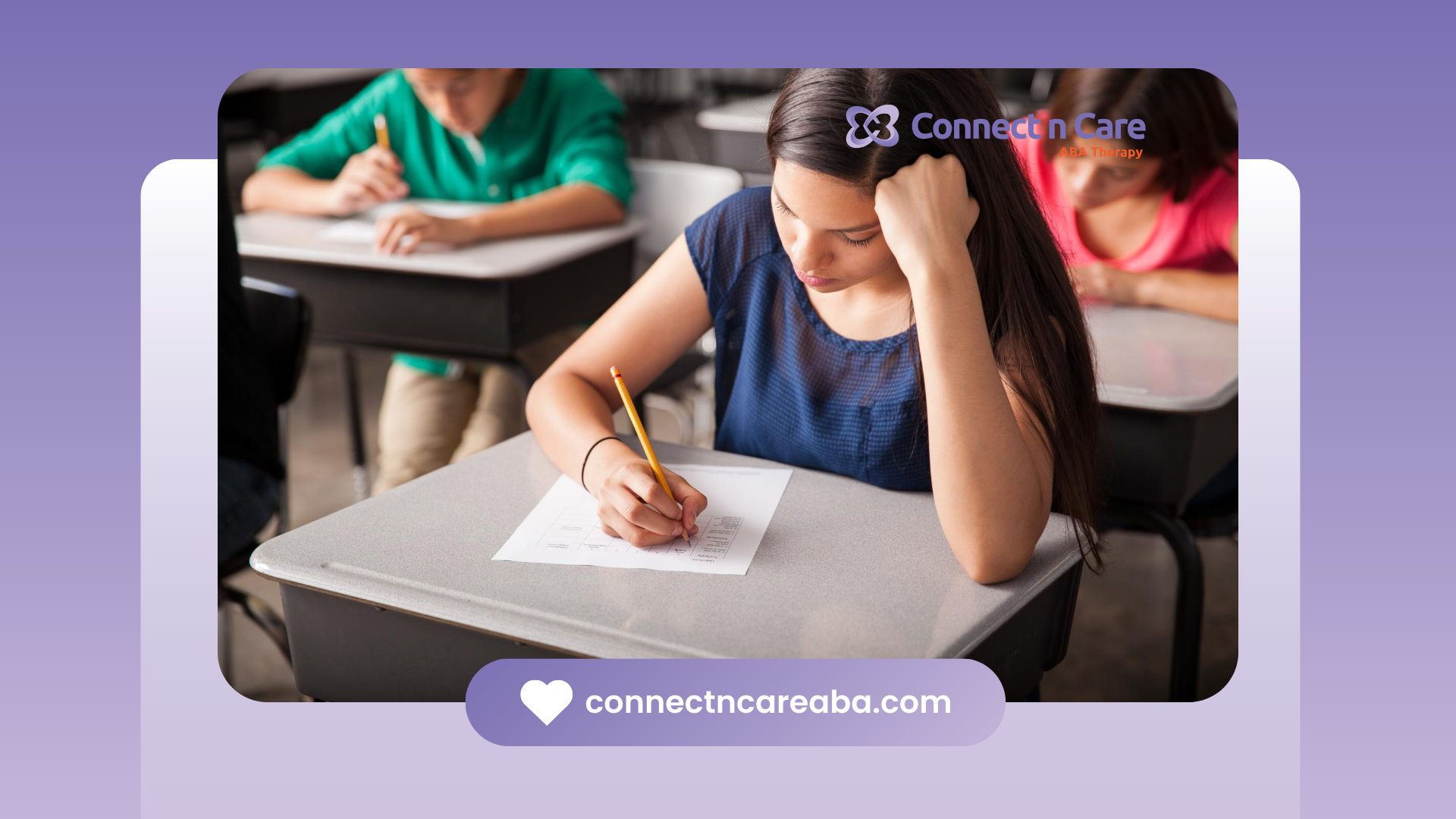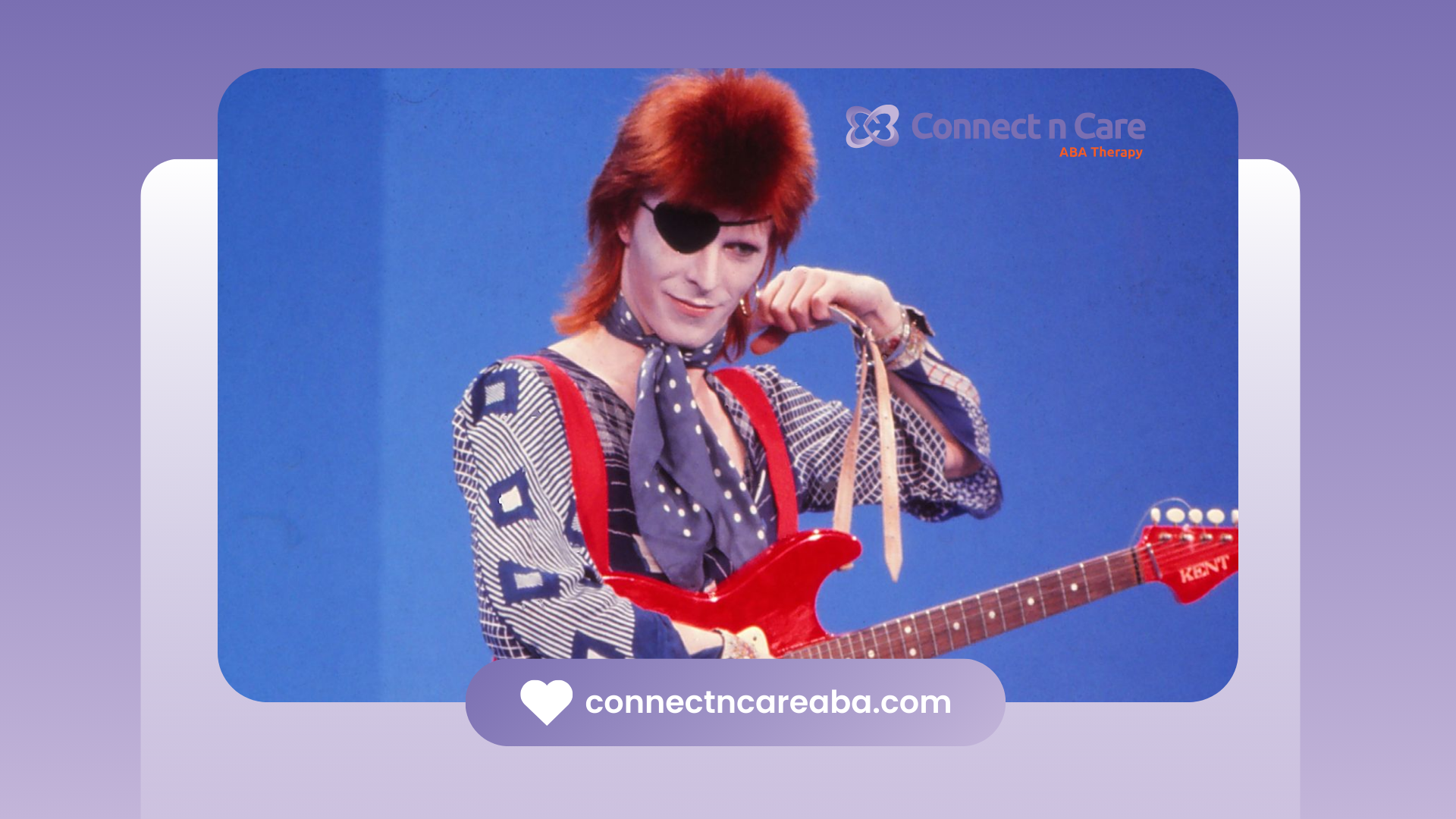Key Highlights
- Autism Spectrum Disorder (ASD) encompasses a wide range of communication styles.
- Texting can be a preferred communication method for some autistic individuals due to its predictability and control.
- It’s important to debunk the myth that autistic individuals engage in "excessive" texting as communication preferences are diverse.
- Technology can play a supportive role in social interaction for autistic people.
- Understanding, respecting, and appreciating the unique communication styles of individuals with autism is key to fostering inclusive interactions.
In today's fast-paced digital world, texting has become an essential part of communication. For autistic individuals, texting offers a unique opportunity to communicate comfortably and effectively.
However, misconceptions persist around whether autistic people text too much. Understanding the diverse communication styles within the autism spectrum is crucial to fostering empathy and inclusivity.
In this blog, we’ll explore the nuances of autistic communication preferences and the important role texting can play in social interaction.
Exploring Communication Styles in Autism
Autism Spectrum Disorder (ASD) is often characterized by variations in communication and social interaction. These differences can manifest in various ways, making it essential to recognize that there's no one-size-fits-all approach to understanding autistic individuals.
Just like anyone else, autistic people have their own unique communication preferences. While some may find comfort and ease in expressing themselves through writing, others might thrive in face-to-face interactions. It's important to avoid making assumptions and instead approach each person with a genuine desire to understand their individual needs and preferences, including avoiding idioms that may confuse them.
The Appeal of Text Messaging for Autistic Individuals
For some autistic individuals, text messaging can be an appealing mode of communication due to its unique advantages. One primary benefit is the reduced risk of sensory overload. Unlike face-to-face interactions, which can present a barrage of sensory information, the clarity of text conversations occurs in a controlled environment. This allows individuals to focus solely on the words being exchanged, minimizing potential distractions.
Another advantage lies in the predictability and control that texting offers. Individuals can carefully consider their words and craft responses at their own pace, mitigating the pressure of immediate replies often encountered in verbal interactions. This can be particularly helpful for those who may find it challenging to process social cues in real-time.
Moreover, the visual record of text conversations provides a valuable reference point, especially for individuals who may have difficulty remembering verbal information or processing auditory input. This written format contributes to clearer communication, reducing the likelihood of misunderstandings.
Variations in Communication Preferences Across the Autism Spectrum
It's vital to acknowledge that communication preferences can differ greatly across the autism spectrum. The term "spectrum" underscores the diverse range of experiences and challenges faced by autistic individuals. Communication differences are central to this spectrum, influencing social interactions and expressions.
While some individuals with ASD may find social skills and interpreting nonverbal cues, like facial expressions or tone of voice, more demanding, it's crucial to remember that these are variations in communication styles, not deficits. It's about recognizing and respecting these differences to foster meaningful connections.
Ultimately, the choice of communication method for autistic individuals, whether it's texting, email, phone calls, or face-to-face interactions, is highly personal. There's no single preference that defines autistic people as a group.
The Significance of Texting in Enhancing Social Interaction
In our increasingly digital world, technology—particularly texting—can play a significant role in fostering social interaction for autistic individuals. Texting provides an accessible platform for maintaining connections and navigating social situations in a way that feels comfortable.
For those who may experience social anxiety or find face-to-face interactions overwhelming, texting can be a lifeline, enabling them to engage with friends, family, and colleagues without the added pressure of nonverbal cues.
Overcoming Social Challenges Through Text Messaging
Text messaging offers a unique space for autistic individuals to hone their social skills and engage in a way that feels manageable. The reduced sensory overload and absence of nonverbal cues create a less overwhelming environment for practicing social interactions. Individuals can experiment with different communication styles, receive feedback, and build confidence in their abilities.
The asynchronous nature of texting further contributes to a less pressured experience, reducing the chances of a messaging shutdown. Participants can take their time to craft responses, considering their word choice and ensuring their message is conveyed effectively. This can be especially beneficial for individuals who may need more time to process information or experience anxiety in fast-paced social situations.
Furthermore, the ability to maintain social connections through text messaging can combat feelings of isolation that some autistic individuals may experience. It provides a lifeline for maintaining relationships with friends and family, offering a sense of belonging and reducing feelings of loneliness.
Texting vs. Face-to-Face Communication: A Comparative Analysis
While texting offers distinct advantages for some autistic individuals, it's essential to acknowledge the benefits of face-to-face communication and recognize that communication preferences are not always about choosing one over the other.
Face-to-face interaction provides a richness of social cues, such as body language and facial expressions, that contribute to a deeper understanding of emotions and intentions. This can be valuable for building strong relationships and navigating complex social situations.
Here's a comparative look at texting and face-to-face communication:
Texting:
- Pros: Reduced sensory overload, controlled environment, time to process information.
- Cons: Potential for misinterpretation without nonverbal cues, limited emotional expression.
Face-to-Face:
- Pros: Richer social cues, immediate feedback, deeper emotional connection.
- Cons: Potential for sensory overload, pressure of immediate responses, challenging for interpreting social nuances for some autistic individuals.
Investigating the Myth of 'Excessive' Texting Among Autistic People
The notion that autistic people engage in "excessive" texting is a harmful stereotype that perpetuates misconceptions about entire groups of people and undermines the individual experiences of those on the autism spectrum.
Labeling communication styles as "excessive" is not only insensitive but also inaccurate. Just as with neurotypical people, texting frequency among autistic individuals can vary greatly based on personality, age, cultural norms, personal relationships, and individual preferences.
Misconceptions About Digital Communication Habits
Misunderstandings about communication differences can contribute to the stereotype of autistic people being "excessive" texters. For instance, in text conversations, autistic individuals may respond to a statement as it is, without recognizing the implied invitation for reciprocal questioning that neurotypical people often perceive. This difference in communication styles can lead to misinterpretations and frustration on both sides.
Another factor to consider is the literal interpretation of language often associated with autism spectrum disorder. Autistic individuals may not pick up on subtle social cues or understand implied meanings in text messages, leading to responses that may seem off-topic or disengaged to neurotypical individuals.
Instead of labeling these communication differences as "excessive" or problematic, it's crucial to approach these interactions with understanding, patience, and a willingness to communicate directly about any misunderstandings.
What Research Says About Autistic Individuals and Texting Frequency
Research on texting behavior specifically among autistic individuals is limited. Most studies focus on broader communication patterns and social interaction. While some studies suggest that autistic adolescents may engage in more frequent text messaging than their neurotypical peers, these findings don’t necessarily equate to “excessive” texting.
It is crucial to avoid drawing definitive conclusions about texting frequency and autism without more robust research. Attributing specific texting patterns solely to a diagnosis overlooks the individuality inherent in all human interactions.
The Impact of Digital Communication on Autistic Individuals' Lives
Digital communication tools, such as texting and social media, can significantly impact the lives of autistic individuals, offering a sense of empowerment and connection. By providing a platform for self-expression on their own terms, these technologies empower autistic people to engage with the world in ways they find comfortable and fulfilling.
For some, it becomes a lifeline, fostering a sense of belonging and reducing the isolation that can sometimes accompany the social challenges associated with autism.
Empowerment and Autonomy Through Texting
Texting provides a sense of autonomy and control over social interactions. The asynchronous nature of texting allows autistic individuals to engage at their own pace, minimizing the pressure of immediate responses. This can reduce anxiety and empower individuals to participate more fully in conversations.
Moreover, the permanence of the written word in text messages allows for careful reflection and self-expression over a long time. It provides an opportunity for individuals to review their thoughts and feelings, ensuring their intended message is conveyed effectively. This can be particularly beneficial for those who may find it challenging to articulate themselves verbally or in the moment.
In a world that often misunderstands or misinterprets autistic communication styles, texting offers a space for authenticity and authentic expression. Individuals can engage on their terms, fostering a greater sense of self-acceptance and belonging.
The Role of Texting in Building Relationships and Networks
Texting can play a vital role in building and maintaining relationships for autistic individuals. It allows for regular check-ins and shared experiences. Anautistic friend might appreciate the opportunity to connect through text messages, sharing updates, jokes, or interests in a way that feels comfortable.
Social media platforms and online communities also provide avenues for autistic individuals with ADHD to connect with others who share similar interests and experiences. These virtual spaces can foster a sense of belonging and reduce feelings of isolation, enabling individuals to engage with like-minded individuals.
By offering a platform for connection and shared interests, text messaging and social media can contribute to a richer social life for autistic individuals, expanding their networks and fostering meaningful relationships.
Conclusion
Text messaging has emerged as a valuable communication tool for individuals on the autism spectrum, offering a comfortable and effective means of social interaction. Contrary to misconceptions, texting plays a positive role in fostering relationships and autonomy among autistic individuals.
Research indicates that texting frequency is not indicative of autism but rather serves as a channel for empowerment. By understanding and supporting healthy texting habits, parents and caregivers can enhance the social well-being of individuals with autism.
If you or a loved one could benefit from personalized support, Connect N Care offers specialized ABA therapy services designed to enhance communication skills and promote social inclusion. Contact Connect N Care today to learn more about our tailored programs and support options.
Frequently Asked Questions
Is texting a common preference for communication among autistic individuals?
While some autistic individuals find texting more manageable due to reduced social cues and sensory overload, communication preferences vary across the autism spectrum. Some may prefer other forms of communication, such as email, phone calls, or face-to-face interactions.
How does texting benefit autistic individuals in their daily interactions?
Texting offers autistic individuals a controlled environment with reduced nonverbal cues. This helps minimize sensory overload and allows them to process information and respond at their own pace, making social interaction less overwhelming.
Can excessive texting be considered a reliable indicator of autism?
No, excessive texting is not a reliable indicator of autism. Communication styles and preferences vary greatly among both neurotypical people and autistic individuals, making it inaccurate to use texting frequency as an indicator.
Sources:
https://www.nu.edu/blog/7-autism-behavior-and-communication-strategies/
https://www.autismspeaks.org/blog/my-son-autism-started-texting-and-its-brilliant
https://www.iidc.indiana.edu/irca/articles/you-write-better-than-you-talk.html
https://asdnext.org/blog/why-i-prefer-texting-as-someone-with-autism/
https://pmc.ncbi.nlm.nih.gov/articles/PMC9996571/
https://www.frontiersin.org/journals/psychology/articles/10.3389/fpsyg.2021.646849/full









